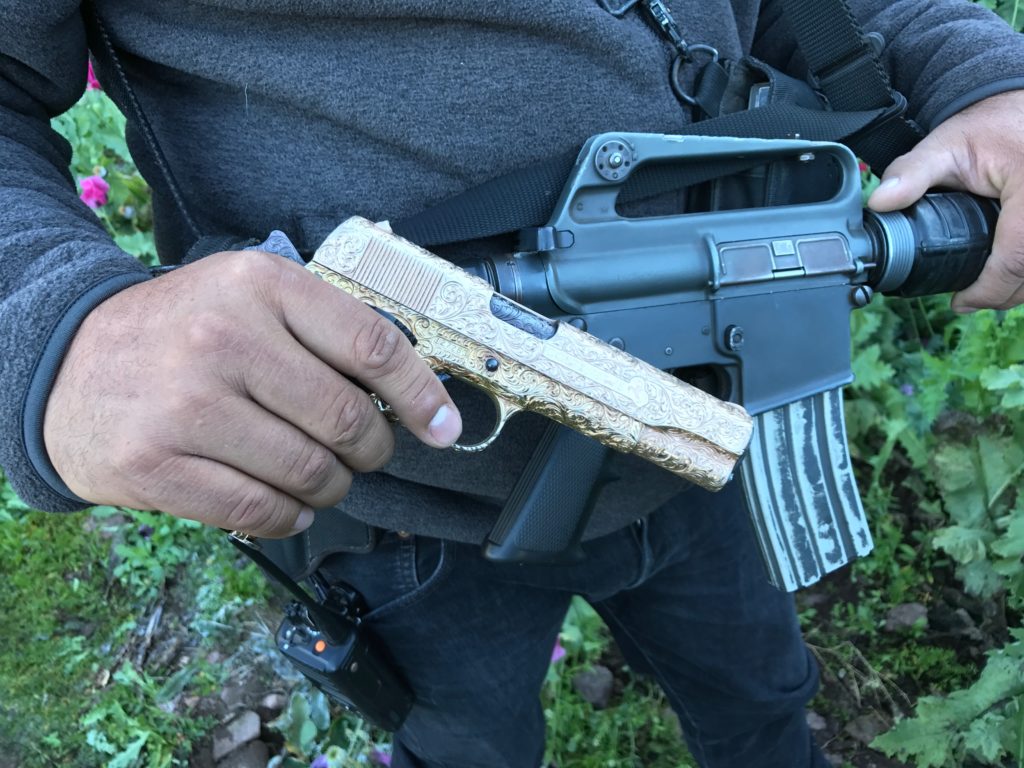It’s been more than a decade since Mexico launched its war on the country’s most powerful drug cartels. And though the government has touted some successes—most notably the recent extradition of Sinaloa Cartel boss Joaquin “El Chapo” Guzman—the true impact of the costly campaign is better measured in the infamous Golden Triangle, a region long known for its marijuana and poppy production.
Deep in the Sierra Madre Mountains, signs of cartel control are everywhere. Young men sport caps with the number 701, a reference to the ranking Chapo once held on the Forbes list of billionaires. Clandestine airstrips cut out indiscriminate swaths of surrounding forest. Crosses mark the spot of cartel killings.
VICE News traveled into territory controlled by the Sinaloa Cartel to see how, despite the deployment of the Mexican military and billions in US funding to combat them, Mexican drug traffickers have nimbly responded to the biggest drug epidemic in US history by increasing their supply.
Today, Mexico is growing more poppy than ever. By US government estimates, poppy cultivation in the country has more than doubled in the last five years. And the boss here says the price of opium gum—the raw ingredient used to make heroin—has surged over the last decade, from about $500 a kilo to three or four times that amount.
Even with such high prices, the boss says, they have a hard time growing enough to keep up with soaring demand for heroin in the US.
According to the U.N.’s World Drug Report, the number of heroin users in the US reached around 1 million in 2014, almost tripling from the previous decade.
Read more on VICE News
Inside Mexico’s Cartel Territory




